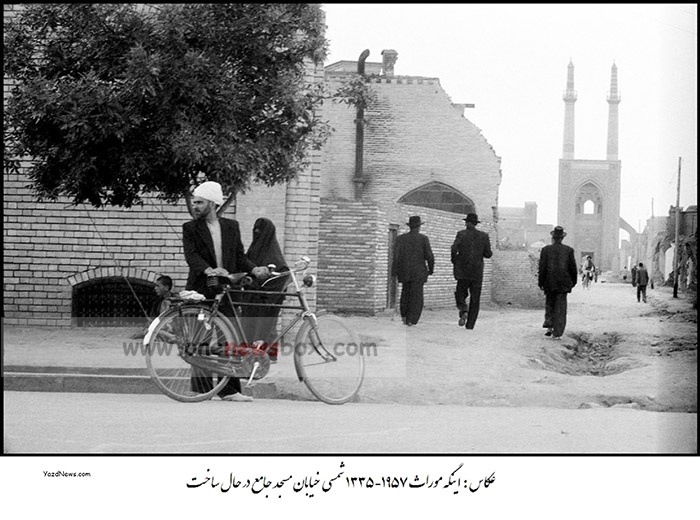Yazd, a historic city located in central Iran, is renowned for its unique Persian architecture, rich cultural heritage, and a remarkable ability to adapt to its harsh desert environment. Designated as a UNESCO World Heritage Site since 2017, Yazd has captivated visitors for centuries with its blend of ancient traditions and resilient architecture. This article explores the history, architecture, cultural significance, and unique features of Yazd, offering an in-depth look into what makes this city an irreplaceable gem in Iran’s cultural landscape.
A Glimpse into the History of Yazd
Ancient Origins and Early Settlements
Yazd’s history stretches back thousands of years, with archaeological evidence suggesting that the area was populated as far back as the Achaemenid Empire (550 BC–330 BC). The ancient city, formerly known as “Kath” and “Isatis,” has been mentioned in historical texts like Pliny the Elder’s Natural History. The city’s name, Yazd, is believed to have evolved from “Issatis,” a name associated with the Sagartians, an ancient Iranian tribe. The region gained prominence during the Sasanian Empire (224–651 AD), when Yazd became a significant urban center under the reign of Yazdegerd I (399–420 AD). A mint established in Yazd during this time, with coins bearing the abbreviation “YZ,” indicates the city’s growing importance.

